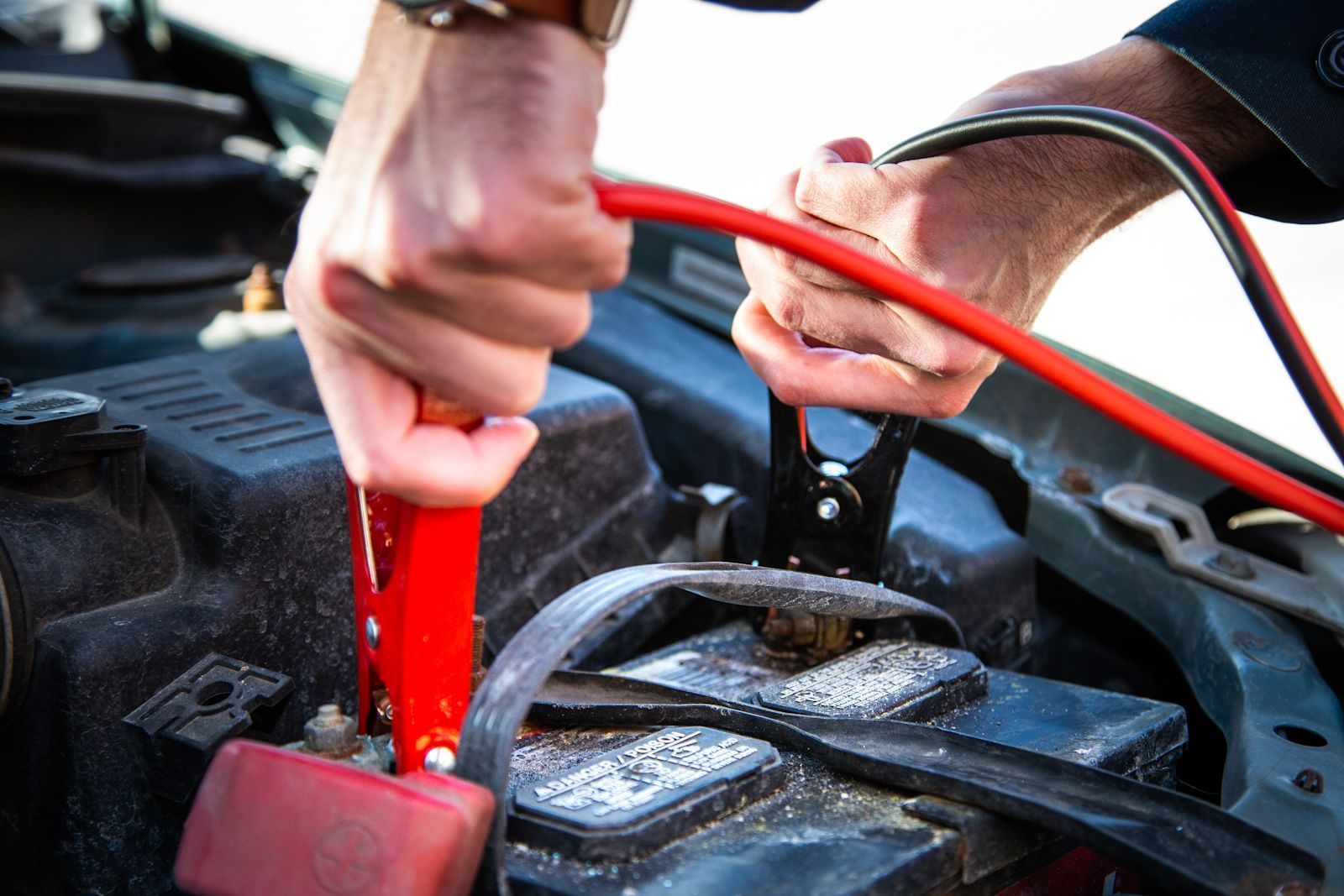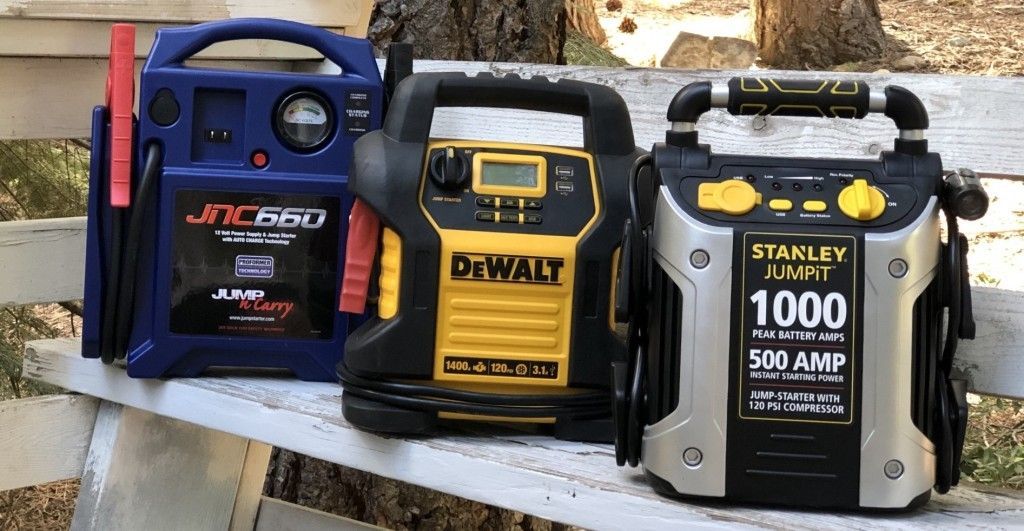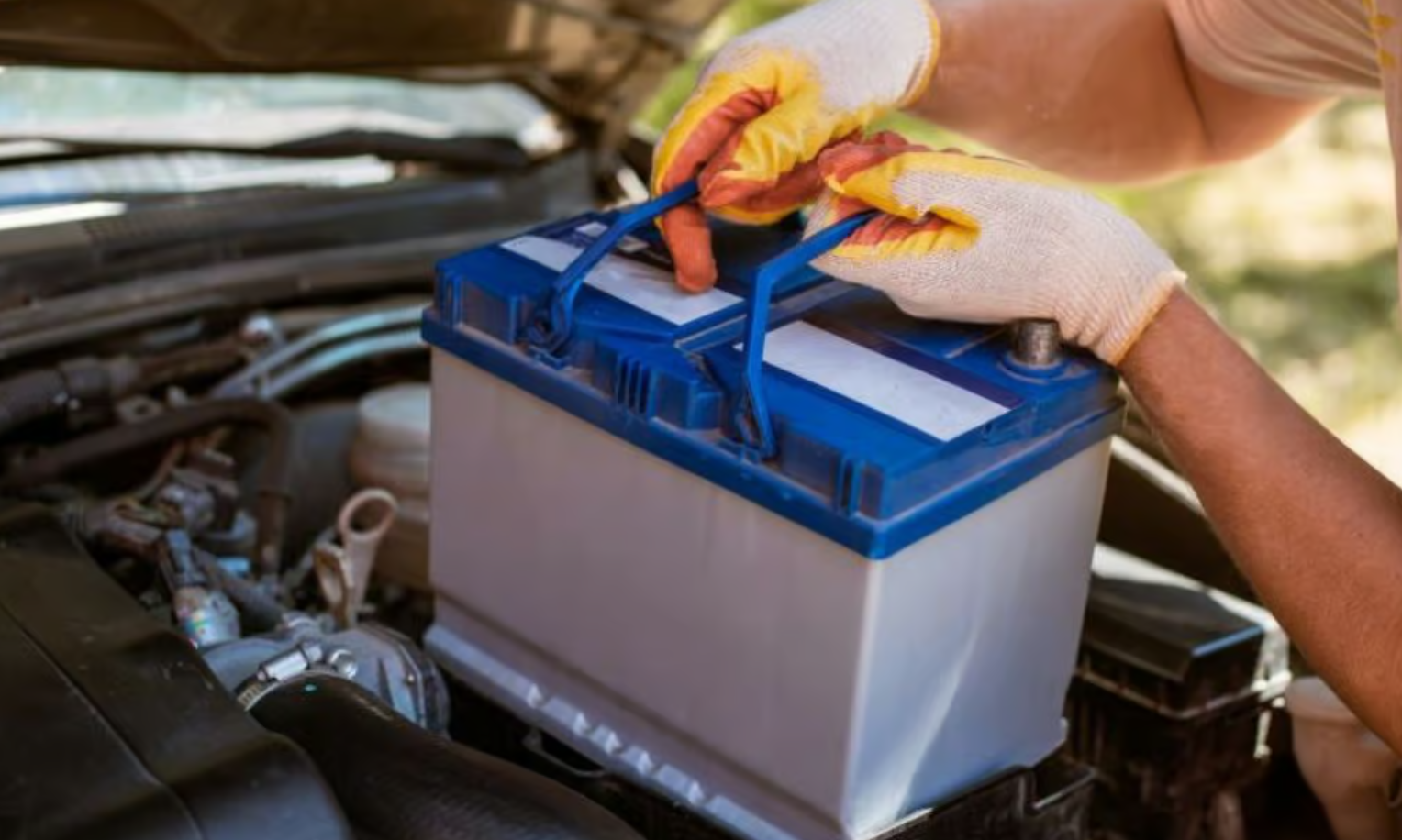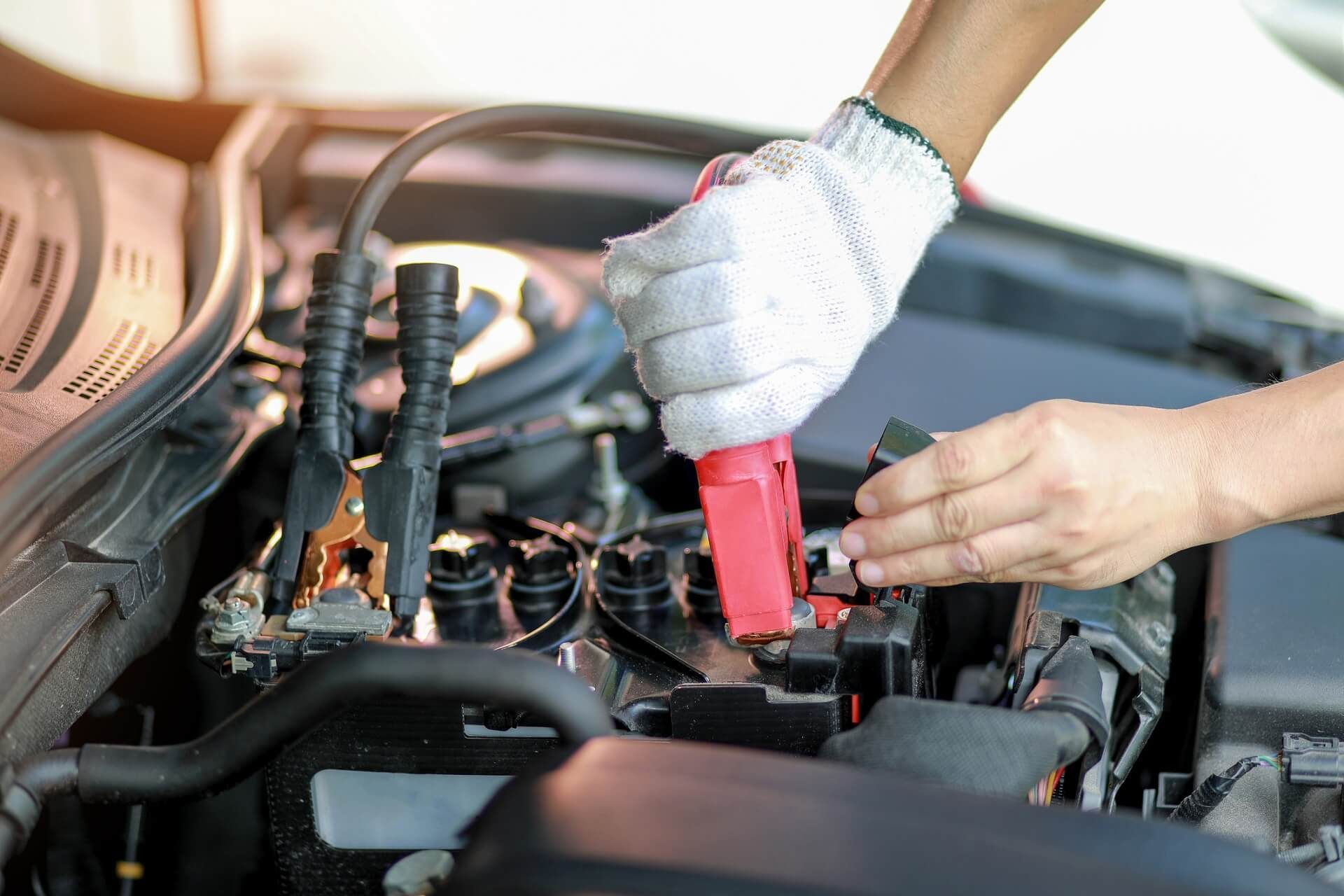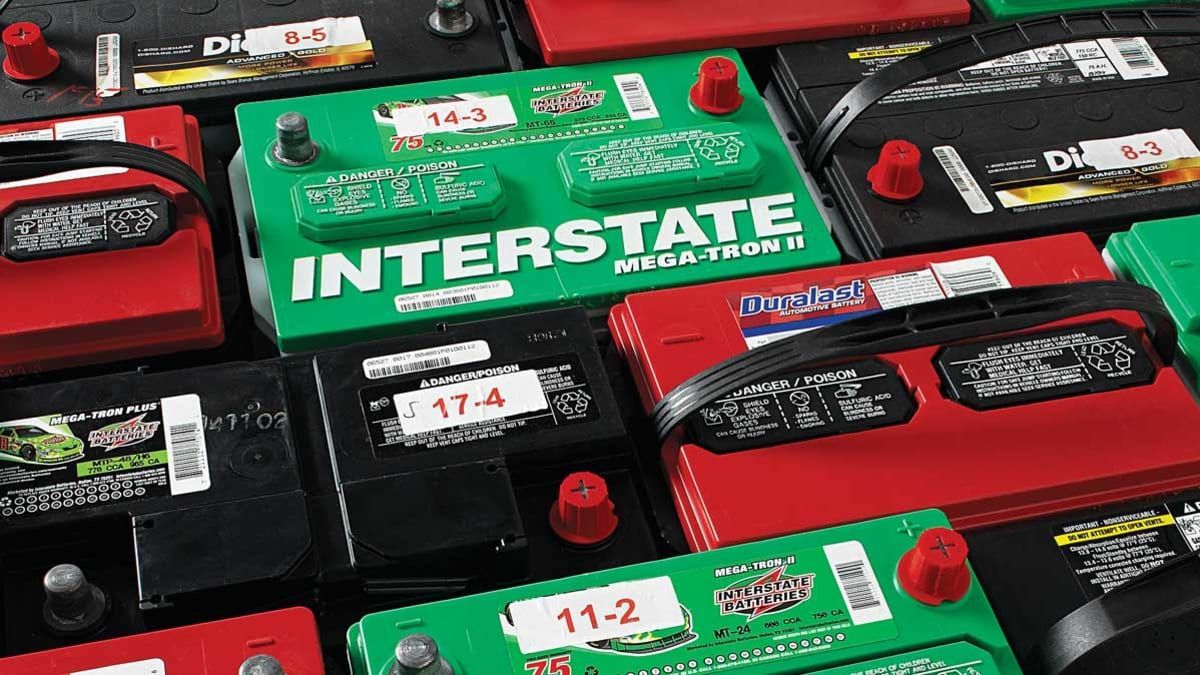How do I tell if my car battery needs replacing?
The definitive guide to identify dying batteries.
How to Tell If Your Car Battery Needs Replacing: A Comprehensive Guide
The hum of a healthy engine is music to any driver's ears. But when that familiar rumble falters, or your car refuses to start altogether, a failing battery is often the culprit. Understanding the signs of a worn-out car battery is crucial for avoiding unexpected breakdowns. It helps ensure your vehicle remains reliable. This guide will walk you through the common indicators that signal it's time for a battery replacement.
Ignoring these warning signs can lead to bigger problems down the line. You might get stranded. Repair costs could be higher. From subtle changes in your car's performance to outright starting issues, recognizing these symptoms can save you time, money, and a lot of frustration. Let's look at the tell-tale signs your car battery is nearing the end of its life.
Signs Your Car Battery is Weakening
Your car battery sends power to the starter. It also runs all the car's electrical systems. When it starts to fail, you will notice certain changes. These problems often get worse over time. Catching them early saves you trouble.
Slow Engine Crank
Does your engine struggle to turn over? A weak battery often causes a slow engine crank. It sounds like the engine groans or hesitates. This happens because the battery cannot send enough power to the starter motor. The starter motor then spins slowly. This makes it hard for your car to fire up. A healthy battery gives a quick, strong crank.
Dashboard Warning Lights
Your dashboard has lights to warn you. A common one is the battery warning light. It looks like a battery symbol. This light means there is a problem with your car's charging system or battery itself. Other lights might also come on. These include the check engine light or even the ABS light. Modern cars use complex battery management systems. Low voltage from a weak battery can trigger these warnings.
Dim Headlights and Electrical Issues
A weak battery struggles to power everything. You might notice your headlights look dim. They won't shine as brightly as they used to. Inside your car, lights might flicker or seem faint. Power windows could roll up or down very slowly. The radio might cut out or reset sometimes. All these issues point to a lack of steady power. The car's electrical components need full battery voltage to work right.
Physical Indicators of Battery Damage
Sometimes, your battery will show damage on the outside. These are clear signs it's in bad shape. A quick check under the hood can reveal these problems. Look at the battery case and its connections.
Swollen or Bloated Battery Case
Look at the sides of your car battery. Do they look puffed up? A swollen or bloated battery case is a serious sign of trouble. This usually means the battery overheated. It can happen from overcharging. Extreme temperatures can also cause it. A swollen battery is dangerous. It could even burst. You should never touch a deformed battery. Call a mechanic right away.
Leaking Battery Fluid
Battery fluid is corrosive acid. If you see wet spots on top of your battery, it could be leaking. Look for a damp area or a powdery residue. This residue often looks white, blue, or greenish. It typically gathers around the battery terminals. Leaking acid can damage other parts under your hood. It also smells like rotten eggs. If you see leaks, use gloves and eye protection.
Corroded Battery Terminals
You might see a powdery buildup on the battery posts. It looks white or bluish. This is corrosion. It forms on the battery terminals and cable clamps. Corrosion stops electricity from flowing well. Your car needs a good flow to start. You can clean this corrosion. Use a wire brush and a mix of baking soda and water. Always disconnect the negative terminal first. Then disconnect the positive one. Wear gloves and eye protection when cleaning.
Age and Performance of the Battery
Batteries do not last forever. Their performance naturally drops over time. Knowing how old your battery is can help you guess its remaining life. How your car acts tells you about its battery health too.
Battery Age
Most car batteries last about three to five years. This can change based on how you drive. Your local climate also matters. Hot weather can shorten a battery's life faster. Frequent short trips stop the battery from fully charging. This also makes it wear out quicker. Check for a manufacturing date on your battery. It's often on a sticker or stamped on the case.
Frequent Jump-Starts
Do you need to jump-start your car often? This is a strong sign your battery cannot hold a charge anymore. A healthy battery should start your car without help. Needing frequent jumps means it is time for a replacement. It can leave you stranded at the worst times. Don't rely on jump-starts to keep going.
Electrical Accessories Malfunctioning
A weak battery causes weird issues with car accessories. Your power windows might work sometimes and not others. The radio could cut out. Your heated seats might not warm up well. These problems happen because the battery cannot give steady power. Even when the engine runs, a failing battery struggles to keep everything powered. This points to a battery losing its full capacity.
Testing Your Car Battery
You can test your car battery. These tests confirm if it's truly failing. They give you a clearer picture of its health. You can use simple tools or get professional help.
Using a Multimeter
A multimeter checks your battery's voltage. First, set your multimeter to DC volts. Touch the red probe to the positive battery terminal. Touch the black probe to the negative terminal. A healthy battery should read 12.6 volts or higher when the engine is off. A reading below 12.4 volts means your battery is weak. If it's below 12 volts, the battery is likely dead. Always use safety gloves and eye protection. Do not touch both terminals at the same time.
Professional Battery Testing
For a more complete test, visit an auto parts store or mechanic. They use special tools called load testers. A load test checks the battery's ability to deliver power under demand. It sees how much power the battery can give during startup. This test gives a better idea of the battery's overall health. It shows if your battery can handle the car's demands.
Voltage Drop Test
A voltage drop test measures voltage loss. It checks if there is resistance in your battery cables. Sometimes, a battery is fine, but the cables are bad. A big voltage drop means problems with cables or connections. This test can help find issues beyond just the battery. It might show why your car has starting trouble.
What to Do When Your Battery Needs Replacing
Once you know your battery needs replacing, take action. Replacing it is a straightforward process. You can do it yourself or get professional help. Choosing the right new battery is important.
Choosing a New Battery
You need the right battery for your car. Check your vehicle's owner's manual. It will tell you the correct size and type. Look at the Cold Cranking Amps (CCA). This number tells you how well the battery starts your car in cold weather. A higher CCA is usually better. Also, decide on the battery type. Common types include lead-acid or AGM (Absorbed Glass Mat) batteries. At 30 Dollar Roadside we carry all types of batteries, and we deliver and install right at your door for the best price in Calgary.
Replacing the Battery Yourself
Replacing a car battery can be a DIY job. Always put safety first. Disconnect the negative terminal first, then the positive. Take out the old battery. Put the new battery in its place. Connect the positive terminal first, then the negative. Make sure all connections are tight. Wear safety glasses and gloves throughout the process. Your car's owner's manual has detailed steps. If you are unfamiliar with the process and don't want to risk breaking any components in your vehicle, give us a call at 30 Dollar Roadside and we will have your battery changed all usually under an hour.
When to Seek Professional Help
Sometimes, it's best to have a pro replace your battery. If you are unsure about the steps, get help. If you suspect other electrical issues, a mechanic can check them. Some car models have batteries in hard-to-reach spots. A professional ensures the battery is replaced safely and correctly. They can also check your car's charging system.
Other considerations
You may find that your car battery is constantly failing, and you have repeated issues. In these cases, we like to remind people that cars are ALWAYS ON. Cars being always on means that car is always draining power from the battery regardless of whether you drive or not. A car ideally should be driven every day if not within every 3 days as the battery is dying and can only be charged via the alternator or a trickle charger.
In summary, recognizing the signs of a failing car battery is essential for any vehicle owner. From the slow crank of the engine and dimming lights to physical signs of corrosion or swelling, these indicators are your car's way of telling you it's time for a change. Regular visual inspections and understanding your battery's age can help you proactively address potential issues. By paying attention to these symptoms and performing basic tests, you can ensure your car battery is always in optimal condition. This keeps you on the road with confidence.
However, if all this information seems way too complicated and you want a professional to do the job give us a call or see our mobile battery change page for more info.
